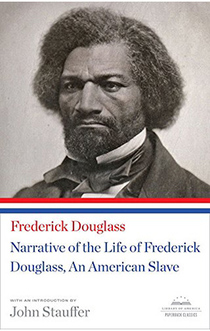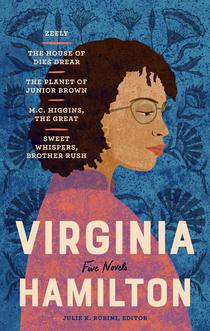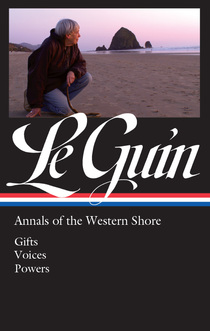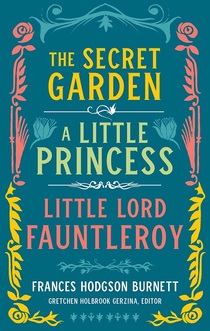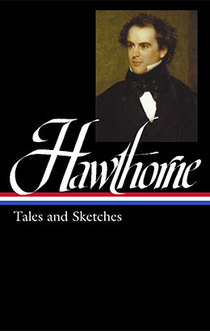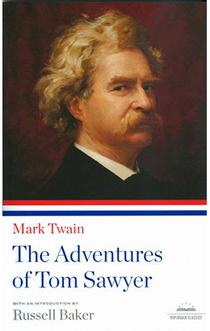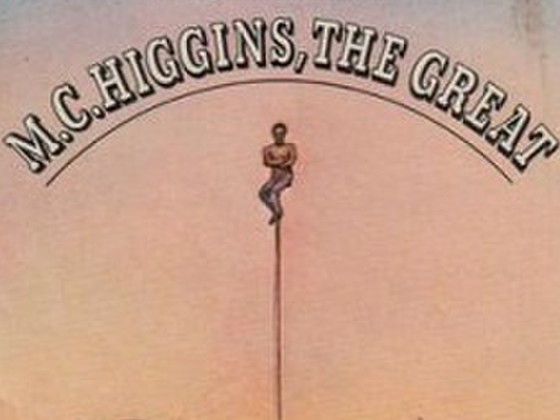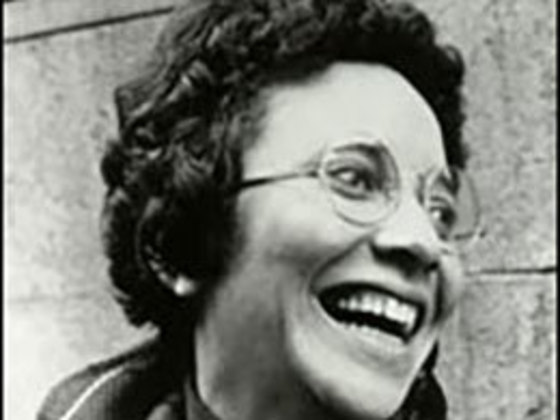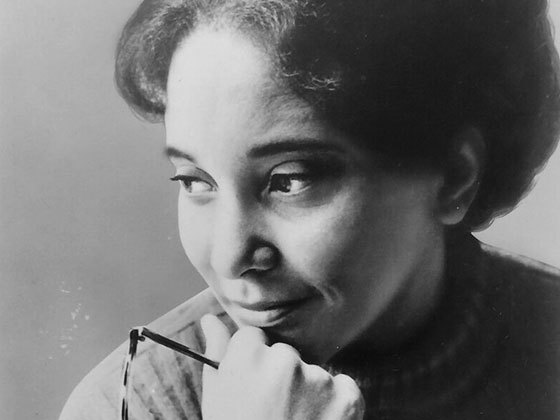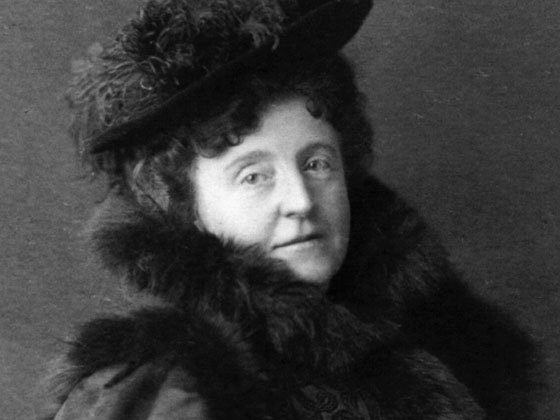Books for Young Readers
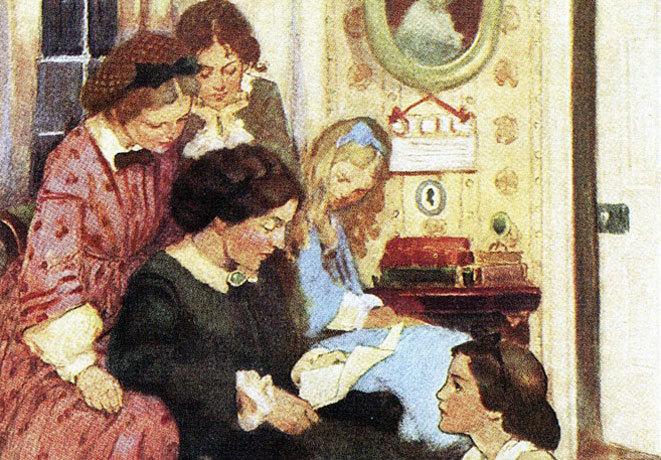
From timeless nineteenth-century evocations of childhood to present-day adventure-fantasy—Library of America offers a range of titles for both older children and grown-ups who want revisit that special time in their reading lives.
Modern science fiction came of age in the 1950s, and it was in America that the genre broke most exuberantly free from convention. Moving beyond the pulp magazines, science fiction writers stretched their imaginations at novel length, ushering in an era of stylistic experiment and freewheeling speculation that responded in wildly inventive ways to the challenges and perplexities of an era of global threat and rapid technological change. Long unnoticed or dismissed by the literary establishment, these “outsider” novels are now recognized as American classics.
Frederik Pohl and C. M. Kornbluth, The Space Merchants
What’s it all worth?
Theodore Sturgeon, More Than Human
Could this be the next stage of evolution?
Leigh Brackett, The Long Tomorrow
Who will control post-apocalyptic America?
Richard Matheson, The Shrinking Man
Ever feel small?
Robert A. Heinlein, Double Star
Are politicians ever really themselves?
Alfred Bester, The Stars My Destination
What is the price of revenge?
*James Blis*h, A Case of Conscience
What in God’s name are we to do with aliens?
Algis Budrys, Who?
Can you trust?
Fritz Leiber, The Big Time
Is the past ever really past?
Visit the companion website for more on 1950s science fiction and these works and writers, including jacket art and photographs, additional stories, author interviews, and new appreciations by Michael Dirda, Neil Gaiman, William Gibson, Nicola Griffith, James Morrow, Tim Powers, Kit Reed, Peter Straub, and Connie Willis.
Gary K. Wolfe, editor, is Professor of Humanities in Roosevelt University’s Evelyn T. Stone College of Professional Studies and the author, most recently, of Evaporating Genres: Essays on Fantastic Literature and Sightings: Reviews 2002–2006.
Each Library of America series volume is printed on acid-free paper and features Smyth-sewn binding, a full cloth cover, and a ribbon marker.
